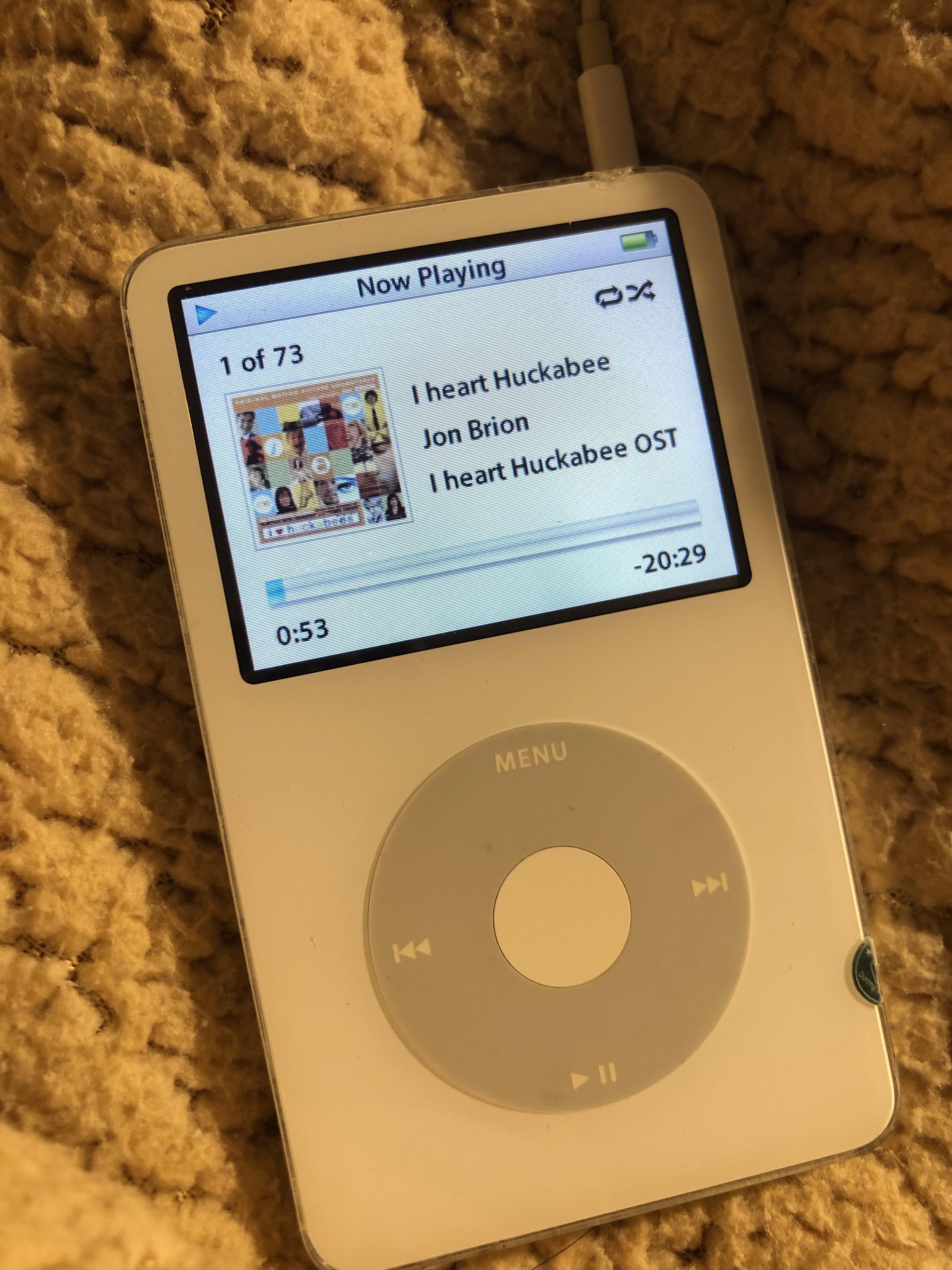There’s a quiet corner of the market that doesn’t chase the future — it collects the past. It’s made up of people who keep rotary phones on their desks, swap out sleek OLEDs for grainy CRTs, and obsess over the clack and spring of a keyboard designed before the internet was common. It’s more than nostalgia. It’s a movement — deliberate, emotionally intelligent, and economically real.
 The classic Ipod. (Source)
The classic Ipod. (Source)
Scarcity and Nostalgia: A Perfect Market Cocktail
When a thing stops being made, time does strange things to its value. Obsolescence doesn’t always mean irrelevance — sometimes, it means the beginning of a second life.
You can see it clearly in online marketplaces, where discontinued gadgets become relics — not because they’re rare, but because they meant something. iPod Classics, those hefty jukeboxes in your pocket, routinely sell for hundreds of dollars. Not because they outperform modern tech, but because they remind us of a time when owning music meant curating it.
In 2023, a factory-sealed 2007 iPhone sold for over $63,000 at auction.
It’s tempting to write that off as sentimentality — and it is — but sentiment, like any form of demand, has real economic weight. People aren’t just buying objects. They’re buying a version of themselves, a memory of how things used to feel before the noise.
Utility in Simplicity
There’s a kind of clarity in old machines. They do one thing well, and ask for nothing more.
In a culture of infinite tabs and constant notification, simplicity becomes a luxury. Dumb phones are making a quiet comeback, not as tech regressions, but as intentional lifestyle choices. They offer a kind of digital minimalism — not the aesthetic kind, but the spiritual kind — a boundary between us and the world’s insistence on our attention.
Mechanical keyboards, once dismissed as fossils, have reemerged as symbols of care — in form, function, and even philosophy. Every keystroke feels considered, like the device is reminding you that you’re doing something that matters.
And that’s part of the appeal: the physicality. You feel old tech. You hear it, hold it, fix it. You have a relationship with it.
Niche Doesn’t Mean Small
While it's often labeled a niche, the broader market for refurbished and second-hand electronics is anything but small — it's projected to surpass $434 billion by 2034, driven by growing interest in sustainability, affordability, and long-term value.1
That’s not just collectors — that’s a community: forums filled with long-form troubleshooting guides, small-batch restorers, indie creators designing new hardware with old souls.
This isn’t just a hobby. It’s an economy built on trust, storytelling, craftsmanship — and increasingly, sustainability. A working ThinkPad from 2005 isn't just a museum piece; it's a rebuttal to the idea that everything must be replaced.
The Value of Staying Still
We live in a world obsessed with the next version — faster, thinner, smarter. But the hunger for old tech reveals something else entirely: the value of stillness. The worth of things that endure, not because they’re efficient, but because they’re meaningful.
This isn’t a rebellion against innovation. It’s a reminder that progress isn’t always forward. Sometimes, it’s inward. Sometimes, it’s in holding onto the tools that taught us patience, presence, and the joy of limits.
There’s poetry in that — and, it turns out, a market too.


